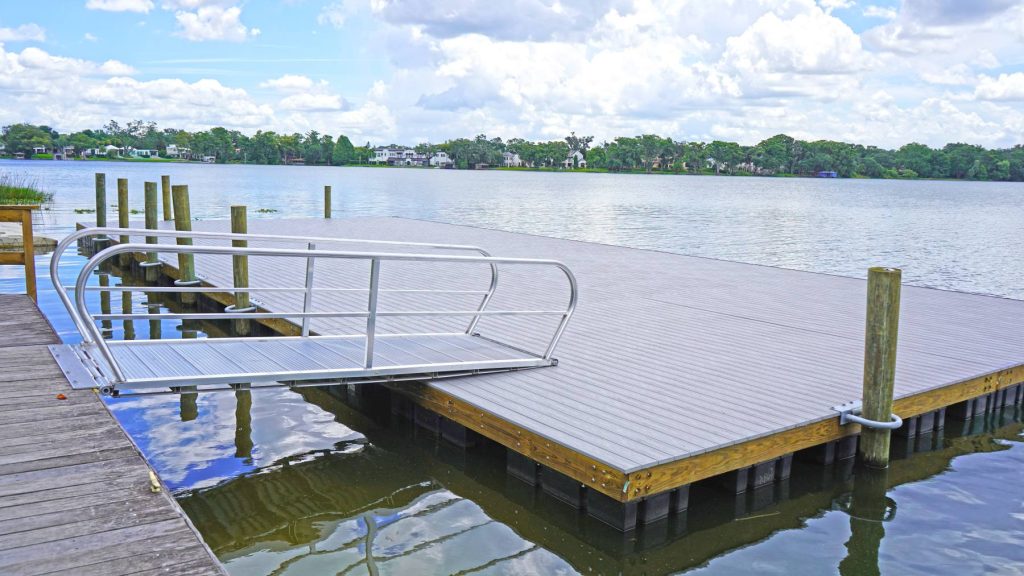Floating bridges, often used to traverse bodies of water, present unique engineering challenges and opportunities, particularly concerning environmental considerations. As these structures are inherently associated with aquatic ecosystems, their design and implementation must prioritize ecological integrity and sustainability. One of the primary environmental considerations involves the impact on local wildlife. Floating bridges can disrupt aquatic habitats, affecting fish populations and other wildlife that rely on these ecosystems for survival. The design phase must include thorough assessments of local fauna and flora to minimize disruption. Strategies such as creating artificial habitats or ensuring that bridge designs do not interfere with migration patterns are essential. Engineers should consider using materials and designs that facilitate the movement of aquatic species beneath and around the bridge, thus reducing potential harm to these populations. Another critical aspect is water quality. The materials used in constructing floating bridges must be selected carefully to prevent leaching of harmful substances into the water.

This concern extends to maintenance practices; regular inspections and maintenance routines should be established to ensure that no pollutants enter the aquatic environment. Engineers must also account for the potential for biofouling, where organisms attach themselves to the bridge structure, which can alter the local ecosystem dynamics. Using materials that minimize such growth or incorporating designs that facilitate easy cleaning can mitigate these effects. Furthermore, the bridge’s footprint on the water surface is an important consideration at hiseadock. The size and layout should be optimized to minimize disruption to water flow and sediment transport, which are crucial for maintaining the health of the aquatic ecosystem. Careful planning can help ensure that floating bridges do not create stagnant areas that could lead to reduced oxygen levels, impacting aquatic life. The incorporation of renewable energy sources, such as solar panels or wind turbines, into the design of floating bridges can enhance their sustainability. By generating energy on-site, these bridges can reduce reliance on fossil fuels, contributing to lower greenhouse gas emissions.
Additionally, the potential for integrating green spaces or wildlife corridors into the bridge design can enhance biodiversity while providing a unique aesthetic appeal. Engaging with local communities and stakeholders is vital throughout the design and implementation phases. Their insights can help identify potential environmental concerns and foster a sense of ownership and stewardship towards the bridge and its surrounding environment. This collaborative approach can lead to innovative solutions that benefit both the structure and the ecosystem. Finally, ongoing monitoring and adaptive management practices are crucial. Once the bridge is operational, continuous assessment of its environmental impact can inform necessary adjustments to mitigate negative effects. Implementing a feedback loop where data from monitoring efforts is used to refine practices ensures that the bridge remains a sustainable structure. In summary, environmental considerations in the design and implementation of floating bridge are multifaceted, involving habitat protection, water quality, ecosystem dynamics, and community engagement.